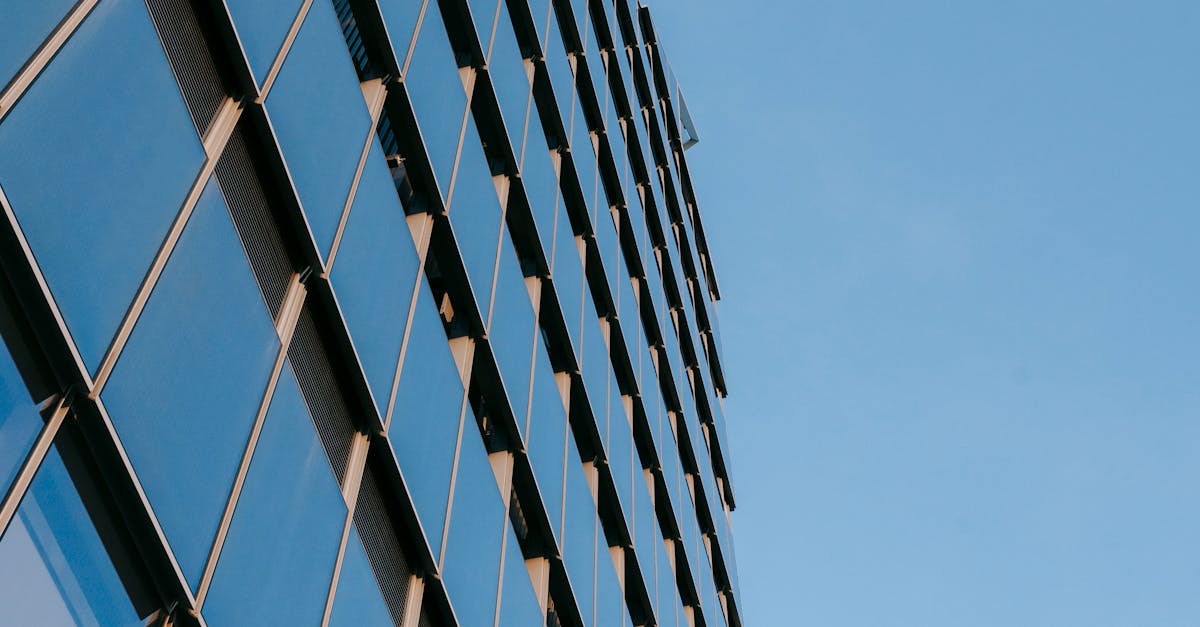
The Effects of Different Tint Percentages
Window tint percentage significantly influences not only aesthetics but also functionality. A lower percentage leads to darker tints, providing increased privacy and protection from UV rays. This can enhance passenger comfort by reducing heat build-up inside the vehicle. Conversely, higher percentages afford more visibility and light entry, which may be preferable in areas with stringent regulations on tint darkness. Finding the right balance between privacy and visibility is crucial for car owners considering automotive window tinting.
The effects of various tint percentages become evident in everyday driving situations. Darker tints may enhance security by obscuring the view into the vehicle but can also limit visibility during nighttime or adverse weather conditions. Lighter tints can improve clarity and visibility but may not offer the same level of privacy. It’s essential for vehicle owners to consider their lifestyle, local laws, and driving habits when selecting the best automotive window tinting for their needs.
How Darkness Affects Visibility
The level of darkness in window tinting can significantly impact visibility while driving. A higher percentage of tint reduces the amount of natural light entering the vehicle. This decrease in light can make it challenging to see clearly, especially in low-light conditions such as at night or during inclement weather. Drivers need to be mindful of their local laws governing tinting to ensure compliance while maximizing visibility.
Automotive window tinting also plays a crucial role in glare reduction. A darker tint can help block out harsh sunlight, making it easier for drivers to see the road and surrounding environment. However, balancing darkness with visibility is essential to avoid creating blind spots or diminishing awareness of surroundings. In addition, different tinting materials may affect clarity, warranting careful consideration when choosing the right level for your vehicle.
Professional vs. DIY Window Tinting
When considering automotive window tinting, the decision between professional installation and a DIY approach often comes down to skill level and desired finish. Professional services typically offer a level of expertise that ensures a flawless application, minimizing the chances of bubbles or creases in the film. These professionals use high-quality materials and advanced techniques that contribute to the tint's longevity and effectiveness in blocking UV rays and reducing heat inside the vehicle.
On the other hand, DIY window tinting can appeal to those looking to save money or who enjoy hands-on projects. Kits available for home use may provide adequate results for the budget-conscious car owner. However, the lack of experience can lead to mistakes that may require reapplication or correction, which could potentially negate any initial savings. Choosing between these options requires careful consideration of both the financial and aesthetic aspects of automotive window tinting.
Pros and Cons of Each Method
When considering automotive window tinting, professional installation often provides a superior finish. Experts possess the skills and tools necessary to apply the tint evenly, minimizing the risk of bubbles or peeling. Additionally, many professional services offer warranties, which can give car owners peace of mind about durability and longevity. The expertise of professionals can also ensure compliance with local laws regarding tint percentages.
On the other hand, DIY window tinting can be a cost-effective alternative for those looking to save money. It allows for customization in terms of tint choice and style, giving individuals the flexibility to experiment. However, without the right knowledge and tools, the outcome may not be as polished, leading to potential dissatisfaction. DIY methods often lack the same level of protection and warranty that come with professional services, which can lead to additional expenses if the tint needs to be redone.
Maintenance Tips for Tinted Windows
Keeping your tinted windows in excellent condition requires some attention and care. Begin by avoiding the use of harsh chemicals or abrasive materials when cleaning the glass. Instead, opt for a soft microfiber cloth and a gentle soap solution. Regular cleaning helps maintain clarity and prevents dirt from building up, which can diminish the appearance of your automotive window tinting over time.
It's also important to allow the tint to cure properly after installation. This typically takes a few days, depending on the climate and manufacturers' recommendations. During this time, avoid rolling down your windows to prevent any potential lifting or damage to the film. Additionally, consider parking in shaded areas whenever possible. This reduces wear on the tint from prolonged sun exposure, ensuring that your automotive window tinting lasts longer and remains vibrant.
Keeping Your Tint in Top Condition
Maintaining tinted windows requires proper care to ensure their longevity and effectiveness. It is crucial to avoid using abrasive materials when cleaning the surface, as these can scratch the tint and diminish its appearance. Instead, opt for a soft microfiber cloth along with a gentle, ammonia-free cleaner specifically formulated for automotive window tinting. Regular cleaning helps keep the windows clear while preserving the tint's integrity and color.
Another important aspect of upkeep involves being mindful of the window film's exposure to extreme conditions. High temperatures can lead to bubbling or peeling if the tint was not applied correctly or if low-quality materials were used. Parking in shaded areas or using sunshades when the vehicle is stationary can help mitigate excessive heat buildup. Following these guidelines will keep your automotive window tinting looking fresh and performing well for years to come.
FAQS
What is the best window tint percentage for cars?
The best window tint percentage varies depending on local laws and personal preference, but a common range is between 30% to 35% for a good balance of visibility and UV protection.
How does window tint percentage affect visibility?
As the tint percentage increases, visibility decreases, especially at night. It's important to choose a percentage that allows for safe driving while still providing the desired privacy and UV protection.
Can I legally tint my car windows?
Yes, but it depends on your state's regulations. Each state has laws that specify the maximum allowable tint percentage for different windows, so it's crucial to check local laws before applying tint.
What are the pros and cons of professional window tinting versus DIY?
Professional window tinting often ensures a high-quality finish and warranty, but it can be more expensive. DIY tinting is generally cheaper and allows for customization but may result in a less polished look and potential legal issues if not done correctly.
How can I maintain my tinted windows?
To maintain tinted windows, avoid using abrasive cleaners, and instead, use a soft cloth and mild soap solution. Additionally, avoid rolling down the windows for at least a few days after installation to allow the tint to set properly.
